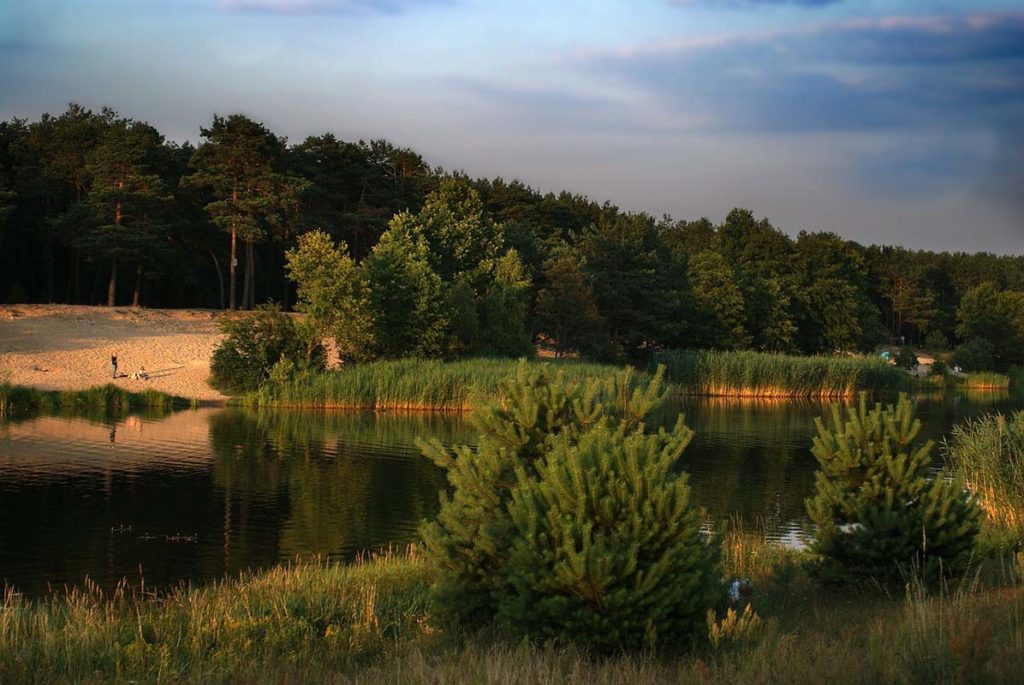
Soil may be the most significant and valuable resource on the planet, and trees play a crucial role in both developing and maintaining it. In this essay, we will discuss how trees assist to avoid soil erosion, promoting soil health, and even produce it.
Table of Contents
Why is soil important?
Have you ever paused to ponder the significance of the dirt beneath your feet when wandering in the woods? The soil offers a habitat for the plants and animals that constitute the basis of terrestrial ecosystems and supplies over 94 per cent of human sustenance.
Soil is also an important carbon sink, accounting for 69% of the carbon stored in the world’s forests. The soil in a forest serves as a substrate for trees to develop and sustain themselves, as well as a reservoir of water and nutrients to feed them and as a home for a broad variety of animals and insects.
So what exactly Is soil erosion?
Soil erosion is the natural displacement of the top layer of soil caused by water, air, or, in farming, tilling the ground. This can cause a slew of issues for future growth and potentially lead to more advanced soil erosion.
Erosion is particularly concerning for homeowners whose property can no longer sustain vegetation due to heavy runoff, resulting in the destruction of their landscape.
Signs signs-of-erosion

Wet Spots
Water runoff does not just disappear; it frequently relocates to another region of your yard. Water spots or huge puddles form throughout your yard as a result of this.
Ravines
Ravines and gullies are signs of severe soil erosion. These sometimes resemble little ditches in your yard where water runoff is most severe.
Soil Cracks
Cracks form when runoff occurs and topsoil is washed away, leaving dry, brittle soil with cracks.
Topsoil is a scarce resource
Topsoil develops at such a slow rate that it might be considered a finite (limited) resource. Three cm of topsoil might take up to 1000 years to grow. Topsoil is under major threat worldwide as a result of contemporary intensive agricultural techniques such as tilling and the use of agrochemicals.
We are depleting topsoil faster than it can replenish, putting future food security at risk. According to some estimates, if we do not modify our land-use patterns, we will run out of topsoil in the next sixty years, jeopardizing the livelihoods and lives of billions.
Erosion protection
The good news is that trees and forests play an essential role in mitigating topsoil loss due to soil erosion. If you’ve ever seen dark brown floodwater, you’ve witnessed soil erosion in action. Wind erosion and animal damage can also cause soil erosion. Trees help to keep soil from eroding in numerous ways:
- They catch rainfall, which prevents’splash erosion.’
- Through transpiration, they lower the amount of water in the soil.
- Their roots anchor soil to sloping terrain.
- They act as a windbreak, keeping dirt from being blown away.
Many of our new forests are being planted on land that was once agriculture and was prone to erosion. As our forests mature and the canopies close, the soil will be sheltered and will begin to thrive and improve. Our forests decrease erosion and promote soil health and fertility where they are near to farms.
Soil formation
Forests and woods may assist to develop soil as well as conserve it. This is accomplished through two processes: weathering of parent rock components (the substance from which the soil obtains its character, such as shale or sandstone) and organic matter breakdown. Anyone who has been to a mature woods would recognize the rich organic fragrance of humus — the black layer of decomposing organic material in a forest.
Fertility and soil health
Trees also assist to increase the health of the soil. Their roots increase the soil’s ability and capacity to absorb water, lowering the risk of wind erosion. Fallen leaf litter provides fresh organic matter in the soil, which is an important component of the formation of new topsoil. Furthermore, the shade provided by trees helps to reduce soil temperature.
The significance of trees
Trees provide several benefits to both humans and the environment. Trees boost our physical and emotional health in addition to generating and conserving soil, and by sequestering carbon, they assist to combat climate change.
We provide a wide range of residential tree services in Boston, Cambridge, Newton, and other communities in the Greater Boston region and Massachusetts to help you maintain attractive, healthy trees and shrubs, increase the value of your home, and improve curb appeal. Contact us now for more information about our services and minimizing soil erosion on your property!
- Boston’s Efforts to Safeguard Urban Forests: A New Tree Protection Ordinance
- A Comprehensive Guide to Tree Diseases: Causes, Classification, Characteristics, and Management
- Enhancing Boston’s Urban Tree Canopy: A Progressive Ordinance for a Sustainable Future
- How Do Trees Prevent Soil Erosion
- What is the Difference Between Trimming and Pruning Trees
